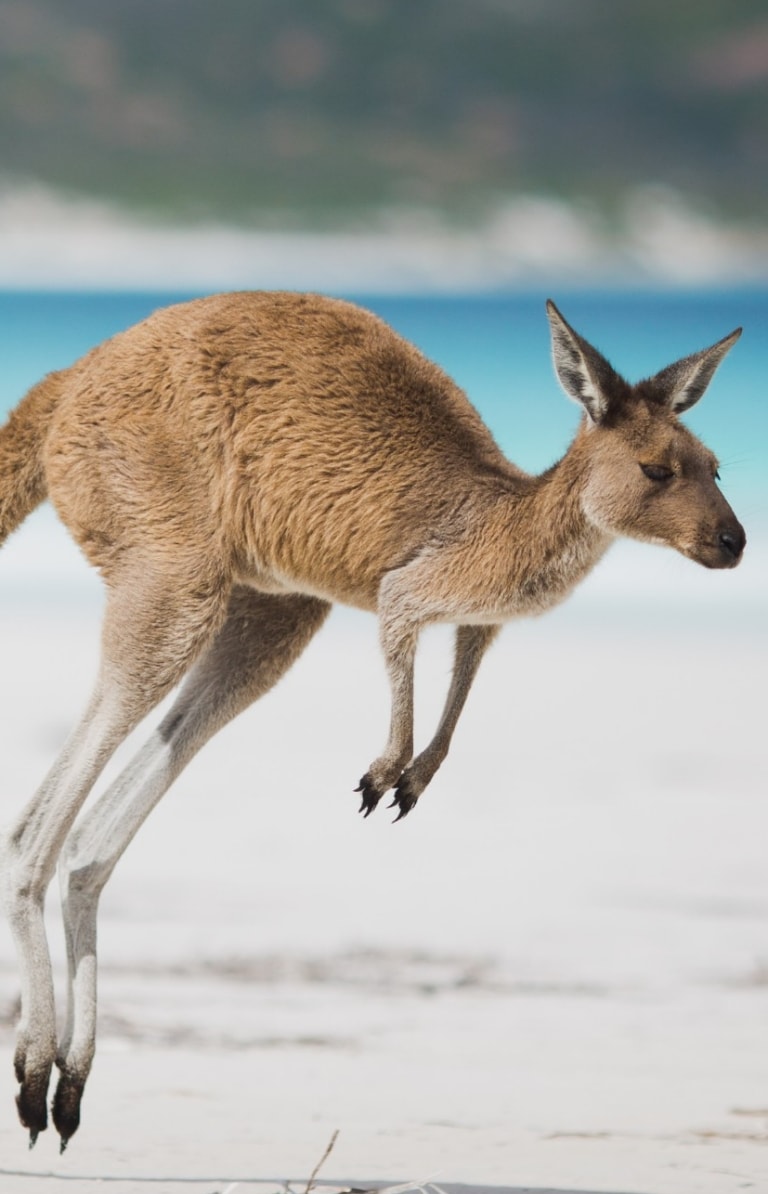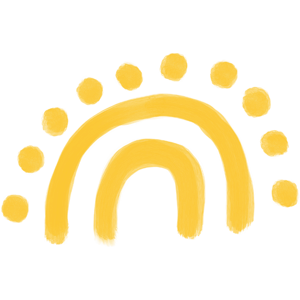Moreton Island, Queensland © Tourism and Events Queensland
Guide to Moreton Island
Aboriginal name: Mulgumpin (pronounced Moor-gum-pin)
Sand dunes, shipwrecks and sparkly beaches. Welcome to Brisbane’s secret garden.
Perched in Brisbane’s backyard, Moreton Island is a slice of paradise for adventurous travellers. Imagine yourself snorkelling amid rainbow-coloured fish, whizzing down a sand dune, bathing in a blue lagoon and hand-feeding wild dolphins. The centre of the island is made up of the Moreton National Park – which covers 95 per cent of the island – while its coastline reveals pristine beaches with both calm and surfable waves.
Mulgumpin is the traditional name for Moreton Island, which means ‘place of sandhills’ to Quandamooka's Ngugi people, the Traditional Owners of the island. Quandamooka's Ngugi people have lived on the island for over 2,000 years, where they have formed a strong spiritual connection to the land and sea.
- Traditional name: Mulgumpin (pronounced Moor-gum-pin)
- Indigenous Peoples: Quandamooka's Ngugi people
- Traditional languages: There are two languages of the Quandamooka's Ngugi people: Quandamooka and Gowar.
- How to say g’day: Kooemba boodloonggun (pronounced Ko-em-bah bood-loongoon)
The best way to reach Moreton Island is by taking a vehicle or passenger ferry from Brisbane.
- Tangalooma Island Resort hosts both guests and day trippers on the Tangalooma passenger ferry, which operates between Brisbane and the Tangalooma Jetty.
- The Micat ferry carries both passengers and vehicles between Brisbane and Moreton Island.
If you choose to drive on Moreton Island, you’ll need to be prepared to drive on sand. If you're not comfortable driving on sand, consider booking a tour to enjoy the island’s many activities.
Moreton Island experiences a subtropical climate with warm days throughout the year. Autumn is one of the best times to visit, as blue skies are common and water temperatures are great for swimming and snorkelling. If you want to avoid the crowds, plan your trip outside of Australian school holidays.
- High season: Summer (December to February)
- Low season: Winter (June to August)








































































































































